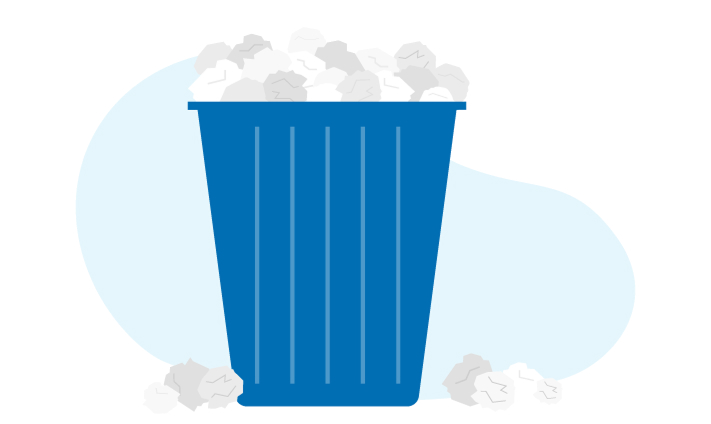Icicles are one of winter’s most stunning natural marvels. Dangling from rooftops, these shimmering spires decorate Canadian neighbourhoods like scenes from the movie Frozen. But if your home turns into your own ice palace this year, beware. Large icicles near your roof’s edge indicate a common winter problem for homeowners and tenants: ice dams.
What’s an ice dam?
After heavy snow and fluctuating temperatures, warm air from inside your home can escape through your attic or top floor, melting the snow on your roof. The meltwater runs down to your eaves where the surface temperature is colder. There it pools and refreezes, creating a barrier that prevents drainage. This is called an ice dam.
If ice dams are not removed, trapped water can leak into your home and damage your walls and ceilings.
How can you tell if you have an ice dam?
Keep an eye on your icicles. Small icicles that hang from your gutters during a brief melting period are not a concern. It’s when icicles grow, both in length and diameter, that you need to take notice. Long, thick icicles are too heavy to hang from your roof without being locked into an ice dam. That’s one way you know you have a problem. Other indicators include:
- Water dripping and freezing down the exterior of your home
- Sagging or collapsed ice-filled gutters; gutters that aren’t draining properly
- Snow melting high on your roof (near the peak), but not low
- Water-damaged ceilings, peeling paint, damaged plaster and wet insulation
What should you do if you have an ice dam?
Removing an ice dam can be quite dangerous. The safest bet is to have a professional, licensed contractor remove snow and ice from your roof surface, overhangs, eaves and gutters.
If you decide against professional help, avoid these common mistakes:
- Never try to knock icicles off your house from the ground. It’s dangerous and won’t solve the problem, since icicles are just byproducts of the ice dam, not the cause.
- Don’t hack the ice with a hammer or chisel. You’re more likely to damage your shingles than remove the ice dam.
- Stay away from ice melters like salt, potassium, calcium, sodium or magnesium, as these are highly corrosive to shingles, metal gutters, downspouts and flashings.
- Avoid walking on a snow-covered roof. Falls from roofs and possible exposure to electrical wires are serious hazards. Instead, work from the ground to remove snow with a long-handled roof rake. Take care so that snow doesn’t fall on you when you rake it off the roof.
If you spot wet areas in your home, take photos documenting the damage and inform your insurance company. If you’re a tenant, notify your landlord.
Ice dam prevention
The key to curing ice dams is to make sure the temperature of your roof stays consistent with the eaves. To do this, prevent inside air from reaching attic or roof space by sealing any leaks. You can also upgrade the insulation in your attic and add ventilation to the outside. This will ensure that warm air is quickly carried away from the roof.
These fixes will not only prevent ice dams, they’ll also help you save on energy year-round, by preventing the loss of heat in winter and cool air in summer.
Here are more ways to stay safe in icy conditions.





 Home
Home
 Auto
Auto
 Life
Life
 Recreation
Recreation

